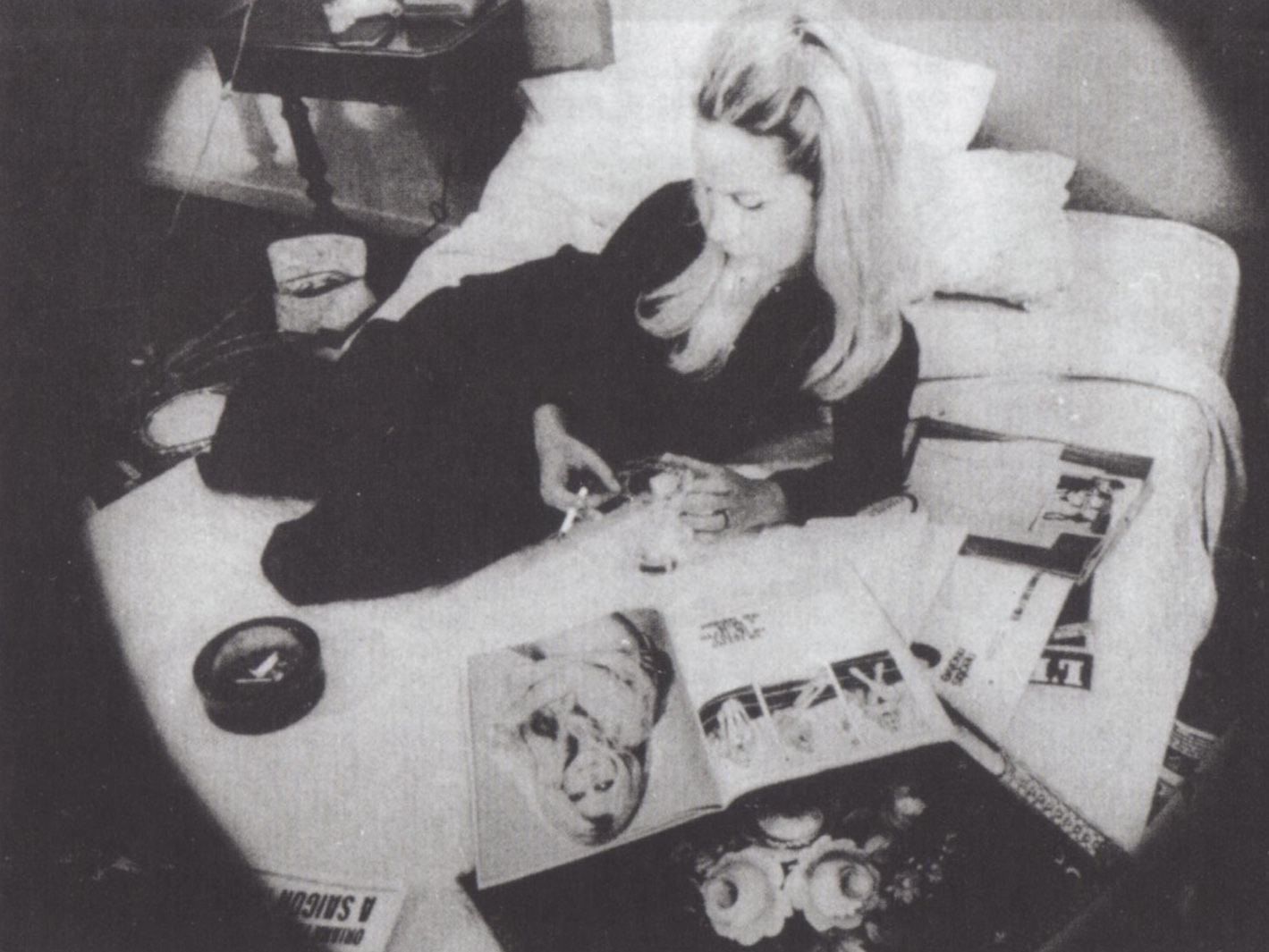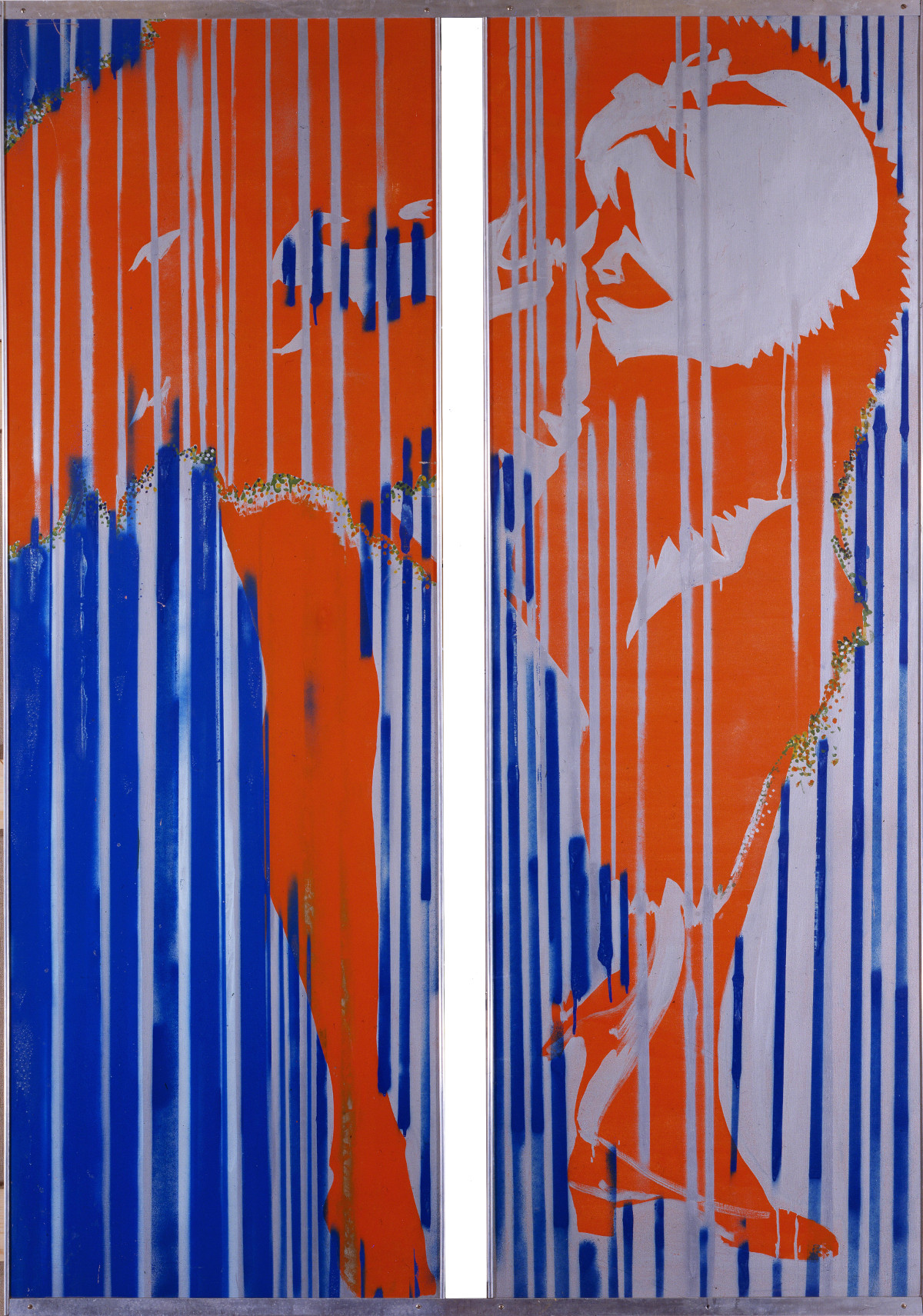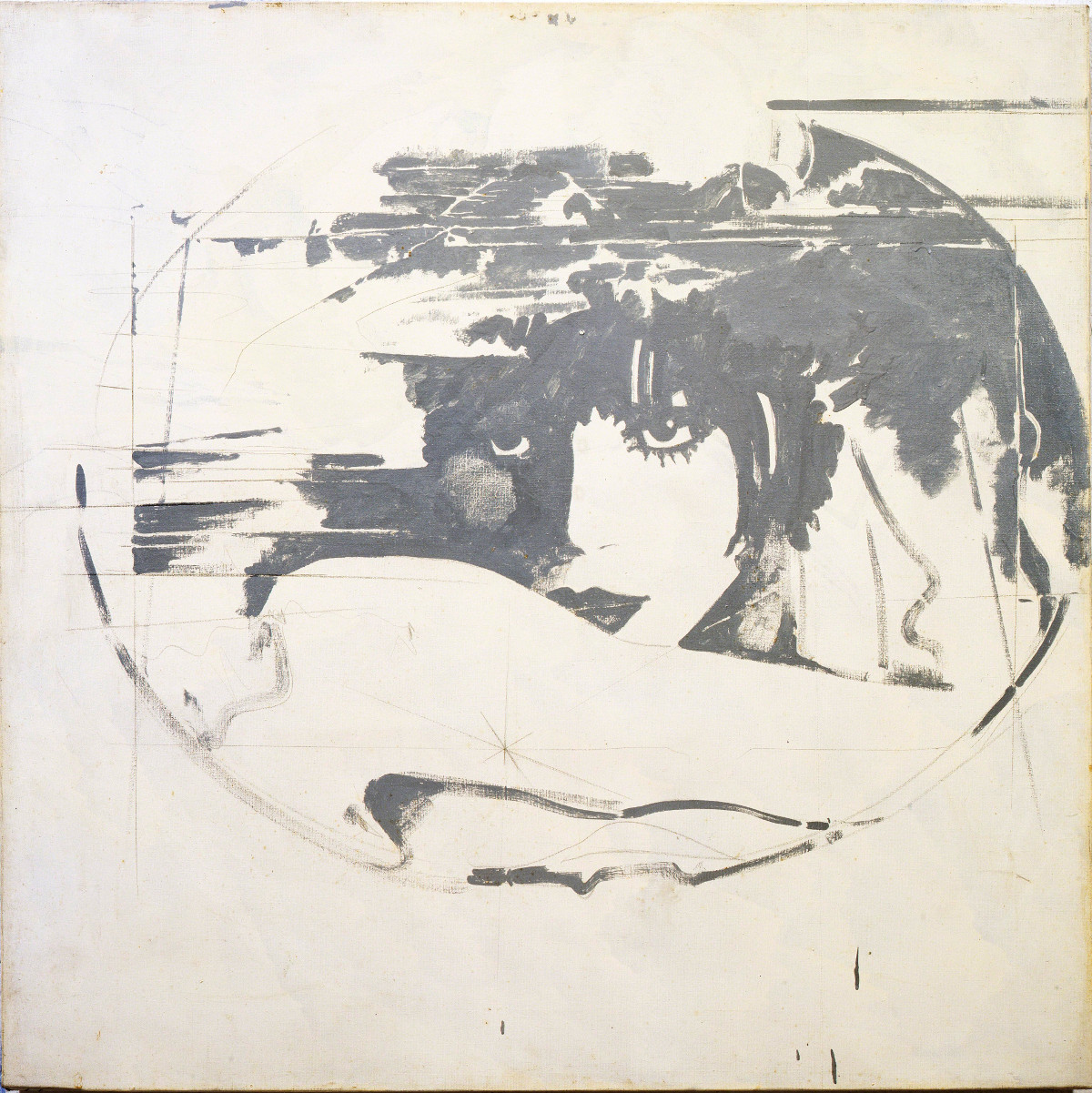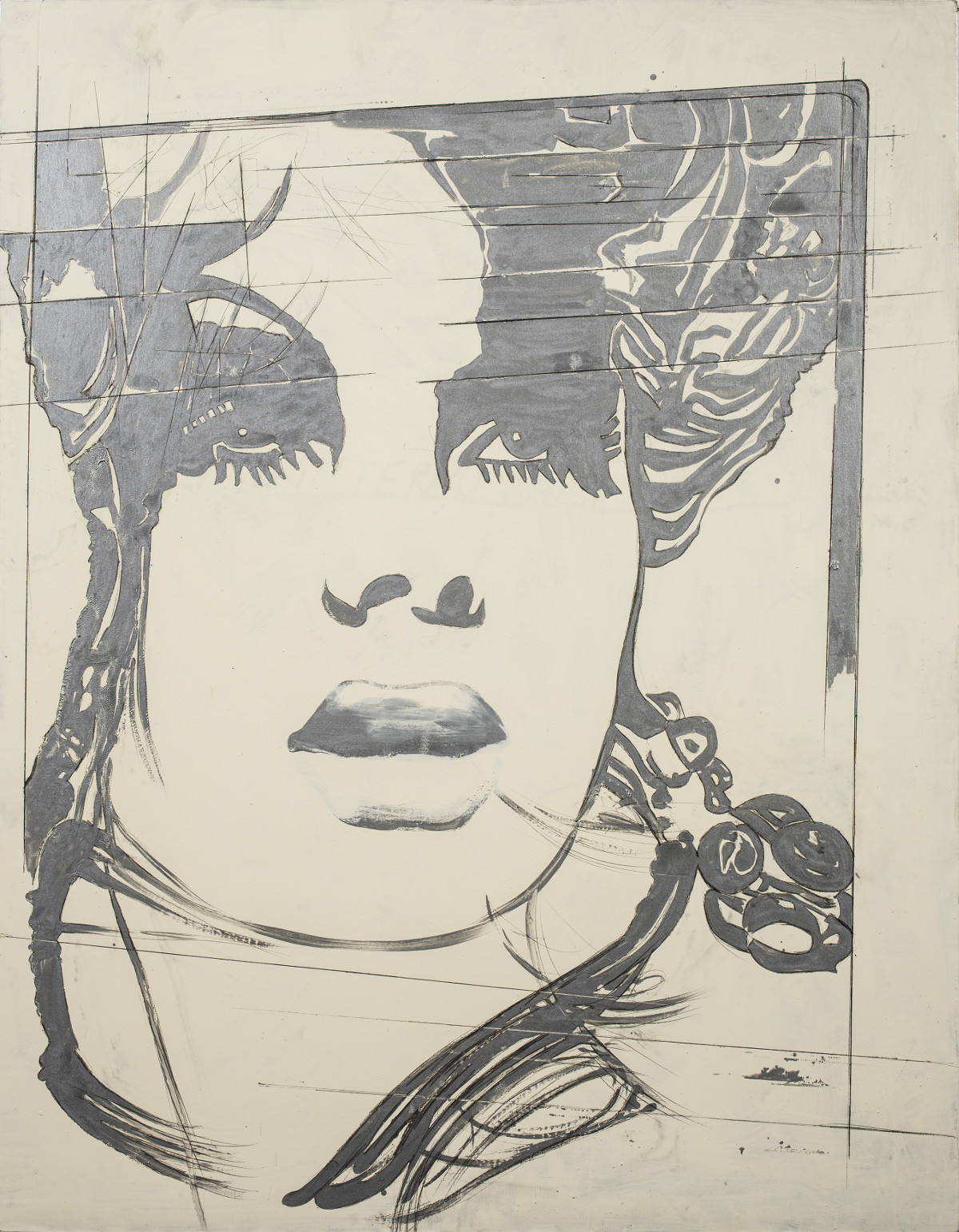
Giosetta Fioroni on her 2017 Frieze Project
The 60s art voyeur tells us about recreating The Optical Spy in New York - 50 years on from its Rome premiere
Frieze art fair opens today in New York, with a series of Frieze Projects interspersed among the gallery booths, themed around the act of seeing and being seen. It feels like a thoroughly contemporary subject, in an age of CCTV surveillance and selfies but one work being re-staged for the fair proves the art world has been examining this theme for many decades, long before the rise of social media.
The Italian painter and performance artist Giosetta Fioroni first staged her performance La Spia Ottica - The Optical Spy in 1968, at the seminal performance and installation show Teatro delle Mostre or Festival of Exhibitions. A kind of through-the-keyhole look into a young lady’s bedroom, the work distils voyeurism into one simple installation. In this exclusive Q&A, arranged with the help of Fioroni’s gallery, Partners & Mucciaccia London, the artist reflects on the work, how it was received when she first staged it, how it fits in with her other poppy works on canvas and what it's been like to recreate almost half a century on.

Tell us a little about Teatro delle Mostre or Festival of Exhibitions. What was the exhibition like when it was first staged? Did it feel like an important event at the time? Are you surprised Frieze has decided to restage it? In 1968, Plinio De Martiis, the most intelligent and vital person in the Italian art world, had an art gallery located close to the gorgeous Piazza del Popolo in Rome. For the first time in his gallery, he exhibited the works of the great American artist Cy Twombly. In that same year, he organised the Festival of Exhibitions; every day for a month, a new artist proposed his own idea of ‘performance’.
Driving his choice at that time was the wish, shared among many artists, to focus on anything that would draw the viewer away from the tradition of painting and sculpture, and instead towards other experiences, such as performances. I think that Frieze has understood the vitality of the idea. For this reason, I want to bring to life again an experience that was truly special to me, and I will do so by narrating two different "actions", one by Fabio Mauri and my The Optical Spy, to shed light on a pivotal moment in the history of contemporary art.

Could you tell me about your work The Optical Spy? Could you describe the initial germ of the idea? The Optical Spy wants to evoke voyeurism! Every viewer looking through the keyhole (or optical spy) in some ways becomes “un guardone”, or watcher, or a voyeur, as they say in France.
It feels like a prescient work given the way that we are all pressured to evesdrop and comment on each other's lives via social media. Honestly, I could not tell if it was revelatory at the time or if it was a precursor of works that were still to come, expressing life today. It seems to me today there is an enormous amount of proposals and suggestions in all directions, maybe experiences in many directions and some lack personality and ideas.
How did people react to The Optical Spy in 1968? ____ At the time, the reaction from the audience was extremely lively and positive; many asked to see the performance again. There was a strong interest from the press, not only from specialist art publications, but also from the mainstream magazines and newspapers. Since then there have been several requests to “recreate” the performance. In fact it was recreated at the Palazzo delle Esposizioni, in Rome, in 1974.
Does the performance piece relate to your silver works, recently on show in London or should we view the two as very distinct bodies of work? I do not believe there is a direct connection, except perhaps my strong interest in femininity.

Will you restage The Optical Spy faithfully at Frieze or change it to suit our times? I believe that a little philosophy is necessary today in ‘reconstructing’ The Optical Spy, but just a little bit. This relates specifically to what the actress, the protagonist, who remains silent during the performance, is wearing. As for the rest, I don’t think it is essential. Yes, the focus should be on the clothing, gestures, the smoking cigarettes, old newspapers, old television and old telephone! But a great silent actress was necessary in order to reproduce a leisurely and happy day of a beautiful woman, who is a little lazy in her daily routine - her make-up, reading and phone calls.
For more on The Optical Spy, The Festival of Exhibitions and other seminal works from this period get Arte Povera. For more on the art world as seen from Frieze’s point of view get frieze A to Z of Contemporary Art. And don't forget Biennials and Beyond.